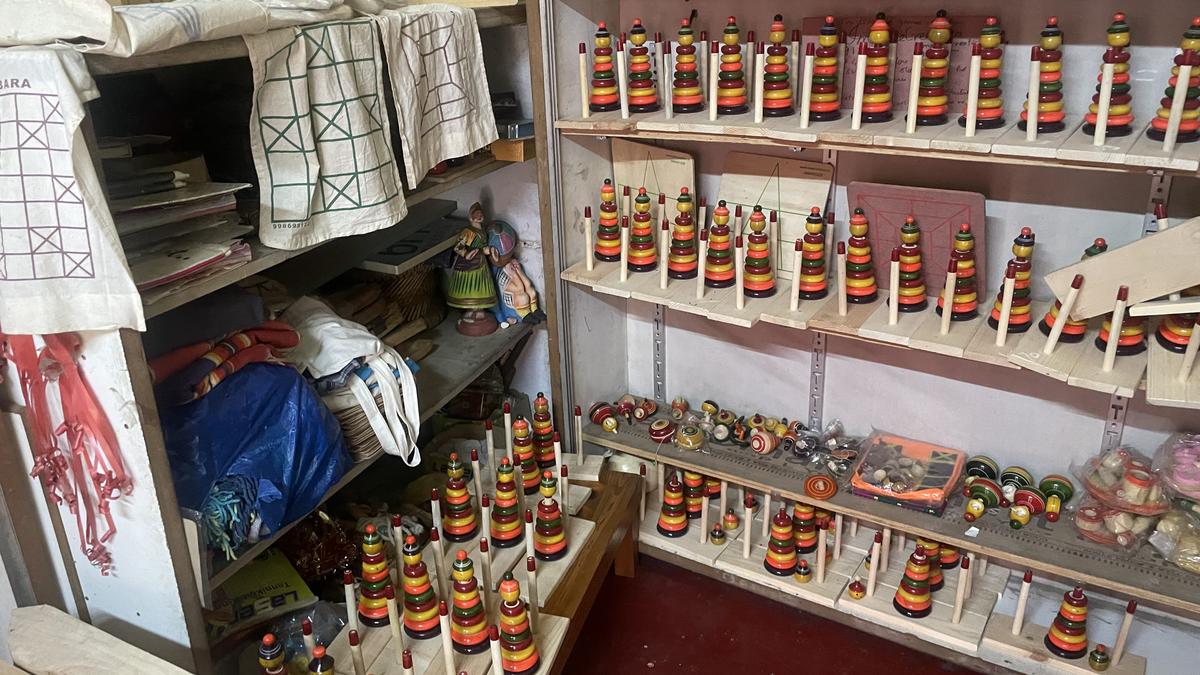
Bengaluru Santhe, a far cry from the success of Dilli Haat
The Hindu
Bengaluru Santhe struggles to attract visitors and stalls, despite potential as a bustling market for local artisans.
Heavy vehicular traffic plies as usual on Old Madras Road while the Swami Vivekananda Metro Station is bustling with commuters. However, far from the madding crowd, there is a space at the metro station whose existence is known to few.
Despite its prime location and potential as a bustling market for local artisans and craftsmen, the Bengaluru Santhe has failed to replicate the success of Delhi’s renowned Dilli Haat, along which the Santhe was initially modelled. The market, established in 2013, has seen a stark decline in both the number of stalls and visitors, leaving its future uncertain.
The area was almost empty with no customers in sight when The Hindu visited it. Only a few shops were still operational, while many remained vacant. The only people present were maintenance workers, security guards, and passersby using it as a shortcut instead of walking along the main road.
Initially boasting of 31 stalls, Bengaluru Santhe now has a mere five functional stalls. Store owners and managers attribute this decline to what they describe as a “chicken and egg situation,” wherein the lack of footfall discourages stall ownership, and the sparse number of stalls further dissuades potential visitors.
Deepika S., an employee at the Tvami stall, said, “People are not aware of the Santhe or the stalls beside the metro station despite its location in a crowded part of the city.”
“The impact of the COVID-19 pandemic has further affected the market’s walk-in numbers, with the number of active stalls going down from 30 to 13,” said a representative of the Bangalore Metro Rail Corporation Limited (BMRCL).
Amudha Murli, who manages a store at the Santhe, recalled past promotional events organised by BMRCL, emphasising their absence in recent years. “Such events might bring more attention to the place,” she suggested.











